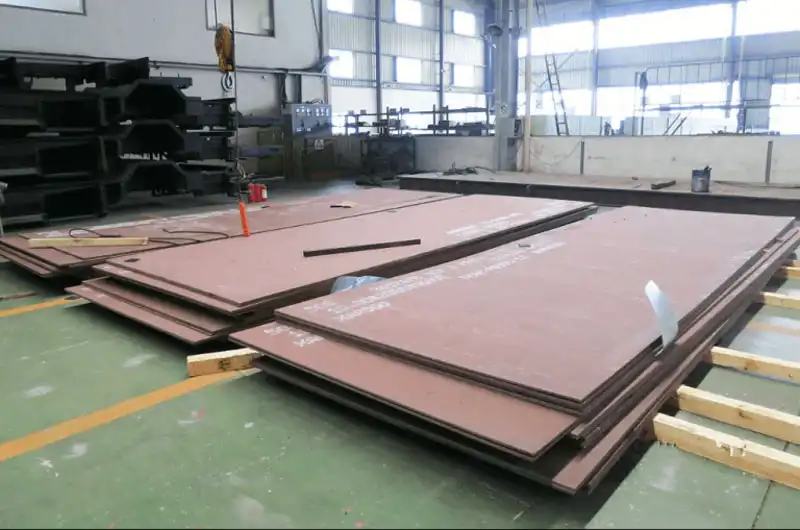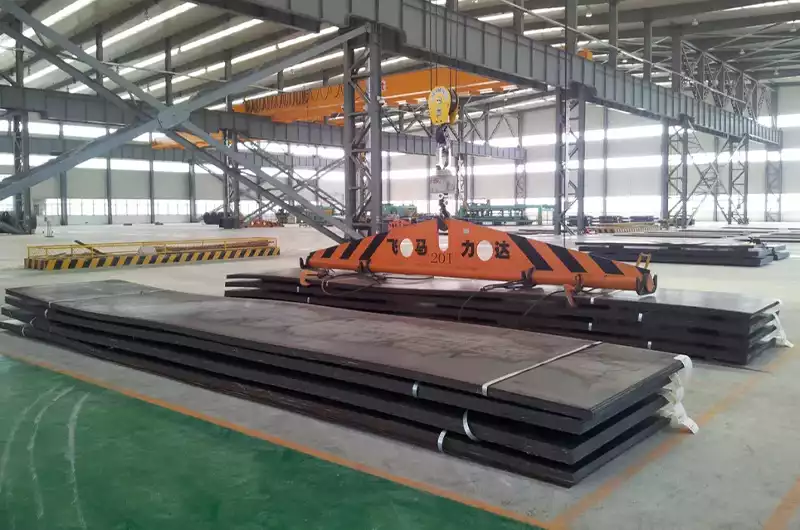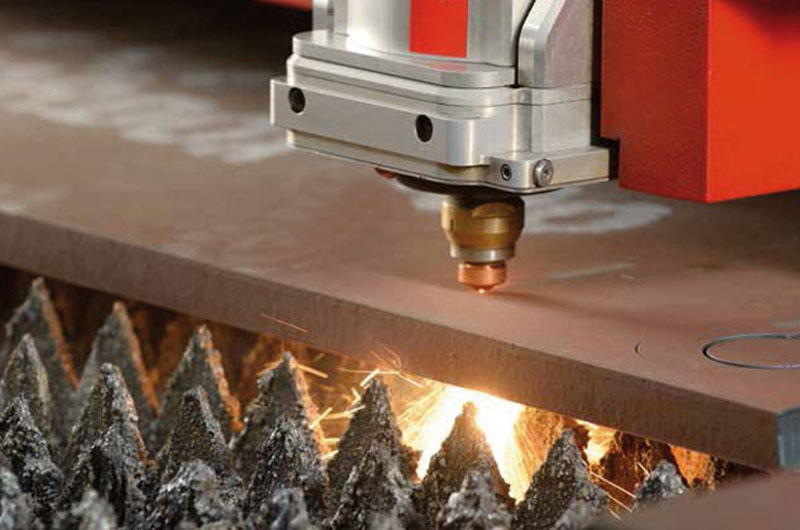BY  GENN
GENN
2024/06
Blog
Abrasion Resistant Steel Plate: Properties and Applications
This article introduces wear-resistant steel plates and their types, main features, processes, uses, etc. This article also discusses how the quenching and tempering process forms wear-resistant steel plates, what F means, what is hardening, and what are the differences between AR400 and AR500. AR400 and AR500 differ in yield strength, tensile strength, hardness, and applications.
What is ar steel plate?
Wear-resistant steel is a durable and reliable material that can protect your industrial equipment from wear and tear. Our AR steel plates are designed to withstand the toughest conditions. Whether you want to protect your vehicles and machinery from abrasive materials or harsh environments, wear-resistant steel plates are the perfect solution.
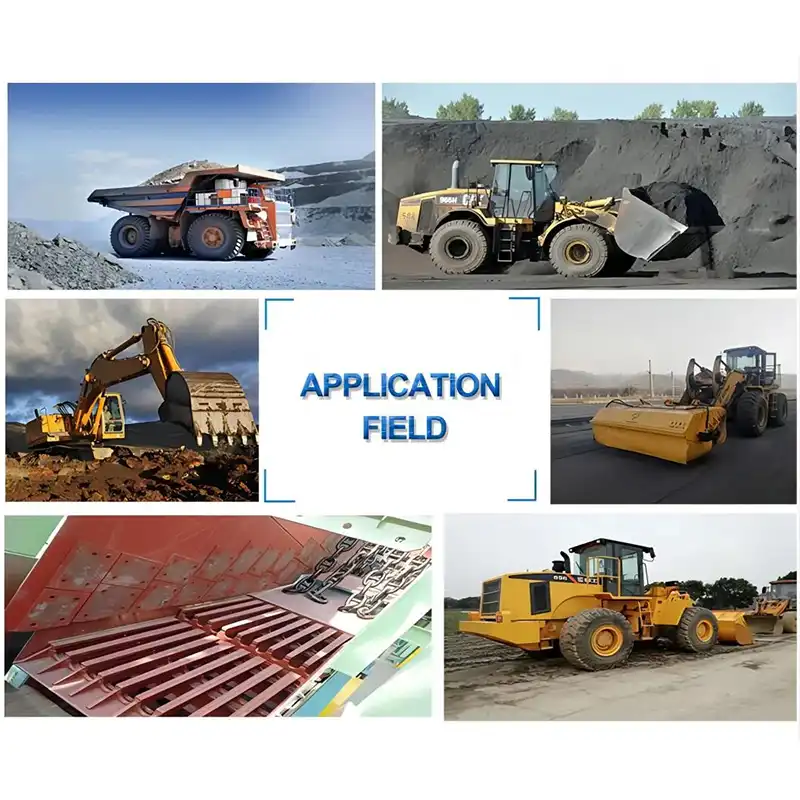
While other steel grades are traditionally classified based on their tensile strength, wear-resistant steels are graded using a method called the Brinell hardness test. This hardness is then indicated in the grade name as a set of numbers after AR.
Which wear-resistant steel is right for you?
Wear resistant steel lasts 4 times longer than mild steel. Common grades of AR steel include AR400, AR450, AR500, AR550, AR600 and our newest grade, 475-505 HBW, combines the best properties of AR450 steel and AR500 steel, with high hardness, toughness and wear resistance, making it particularly suitable for extreme applications.
But which grade and steel type is right for you and your project? Do you need steel plate? Our experts will help you find the best steel grade for your application, and the right balance of hardness, strength and formability that will have a lasting impact on your products and business.
What is AR steel used for?
Wear-resistant steels are often used in applications that are subject to heavy wear, such as mining equipment, construction equipment, dump truck bodies, and excavator buckets. Wear-resistant steels are made by adding certain alloys to the steel during the manufacturing process, which makes it more resistant to wear and helps it last longer in harsh environments. Any industry or application that requires equipment to withstand harsh environments and constant use can benefit from the use of wear-resistant steels. Some examples include:
- Mining equipment, such as dump truck beds/bodies, buckets, and shovels.
- Construction equipment, such as bulldozers, backhoes, cement mixers, and excavators.
- Agricultural equipment, such as plows, cultivators, and combines.
- Oil and gas or drilling equipment, such as drill bits and pipes.
- Transportation applications, such as truck bed liners and railcar liners.
The outstanding performance of wear-resistant steel plates is mainly attributable to their high firmness levels, generally determined on the Brinell Firmness Range (BHN). Typical grades of wear-resistant steel consist of AR400, AR450, and AR500, where the numbers suggest the nominal firmness of the steel. For example, AR500 steel has a small solidity of 500 BHN.
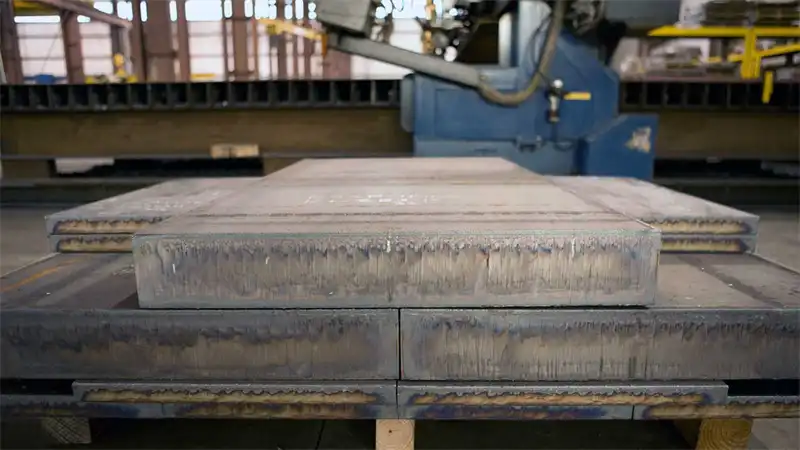
This high hardness provides wear-resistant steel plates with the capability to resist wear from rough materials, effects, and also rust to some degree, ensuring that equipment and parts preserve their honesty and performance over extended periods of heavy use.
Exactly how does the quenching and tempering process create wear-resistant steel plate?
AR material is made by quenching and tempering a forged steel block or ingot. During this process, the grain structure changes to improve toughness and formability (or reduce brittleness) and results in a fully hardened material.
Quenching and tempering (Q&T) is a two-part process:
Quenching is when the steel is heated to a high temperature (usually between 1,500-1,650 degrees Fahrenheit) and cooled rapidly with water. This process causes a crystalline structure to form within the steel, which increases hardness.
Tempering is the process of reheating the quenched steel to below the critical temperature (approximately 300-700 degrees Fahrenheit), then allowing the steel to cool at normal air temperatures.
Reheating the material destroys the crystalline structure formed during quenching, while the extended cooling allows the crystalline structure to reform – retaining much of the strength and hardness, but increasing overall ductility.
What’s with the F?
Many times, wear-resistant steels are labeled “AR400F” and “AR450F” (and sometimes “AR500F”). Today, AR material with or without the “F” is interchangeable, but historically, the “F” simply meant that it was “formable” and could be bent to a certain degree without cracking.
When mills produced both formable and non-formable plate, the formable plate was priced slightly higher. However, reduced demand and more competitive pricing have led to the production of only formable AR steels.
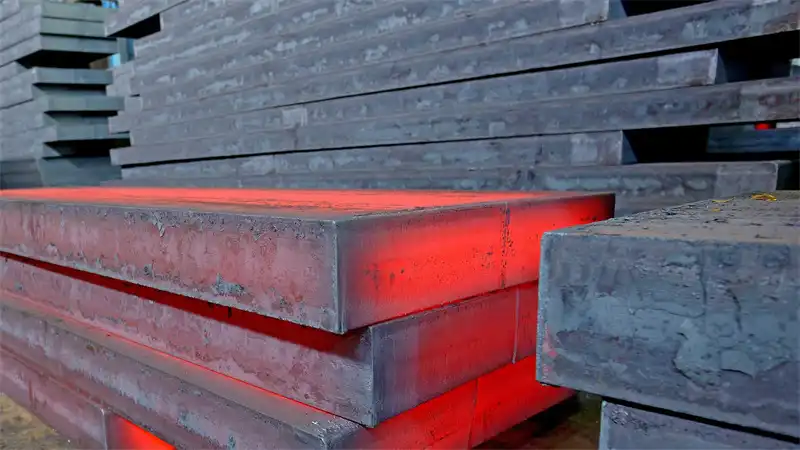
What is througth-hardening?
AR steels are often described as through-hardened, but what does that really mean?
When the grain structure changes during the initial heating phase of Q&T, the composition of the entire plate changes. This is called through-hardening. Through-hardening is different from “case hardening,” also known as “surface hardening,” which only hardens the surface while leaving the metal deeper underneath soft. In this case, the composition or hardening of the plate changes only at the surface level.
What is the difference between ar400 and ar500 steel?
While AR refers to “Abrasion Resistance,” the number “400” or “500” in the grade refers to the Brinell hardness. Therefore, AR500 has a higher Brinell hardness than AR400.
Unlike other steels that are primarily considered for tensile strength or toughness, wear-resistant steels are graded based on their Brinell hardness. Hardness is one of the most important factors for wear resistance.
Due to its impact and wear resistance, AR400 is often used in applications that require high wear resistance, such as excavator blades and buckets, heavy machinery, and mining machinery. The addition of chromium improves its corrosion resistance, wear resistance, hardenability, and abrasion resistance.
AR500 is a medium-carbon wear-resistant steel alloyed with manganese. Designed for impact and wear resistance, it has excellent fatigue and corrosion resistance. AR500 is heat treated to harden and weld better. Due to its durability, you’ll often see AR500 in truck trailers, the concrete and aggregate industries, and mining equipment.




